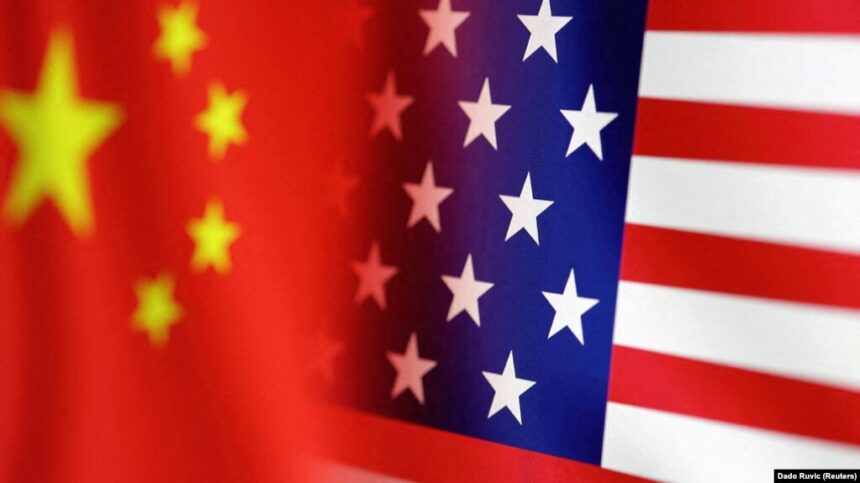The United States and China have reached a significant agreement to reduce tariffs on each other’s goods for a period of 90 days, following trade negotiations held over the past weekend.
Speaking in Geneva, U.S. Treasury Secretary Scott Bessent announced that “both sides will reduce their tariffs by 115 percent,” emphasizing mutual respect during the talks and a shared desire for balanced trade.
China’s Ministry of Commerce confirmed the suspension of all retaliatory tariffs imposed on U.S. goods since April 2, according to Reuters.
Key Highlights:
- De-escalation of Tensions: This marks a major step back from the brink in a trade war that escalated sharply in recent months.
- Background Context: Since taking office in January, President Donald Trump raised tariffs on Chinese imports to 145%, building on those from his first term and additional tariffs from President Joe Biden’s administration.
In response, China retaliated with export limits on rare minerals and raised tariffs on U.S. goods to 125%, targeting items like soybeans and liquefied natural gas. - Symbolic or Strategic?: Though the cited “115%” reduction seems exaggerated or symbolic, the core message is one of willingness to cooperate and dial back conflict.
- Future Outlook: The deal suggests a strategic reset in U.S.-China trade relations, with both sides seeking more stability and mutual benefit amid global economic uncertainty.







